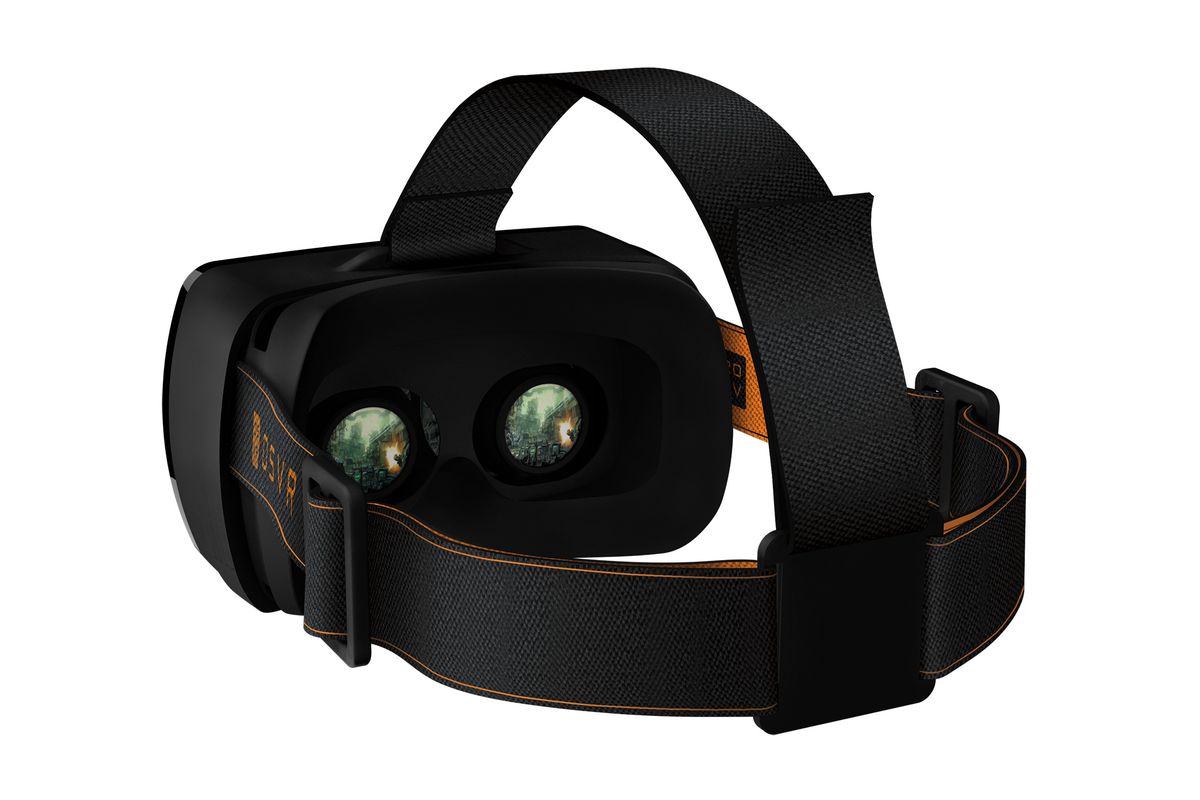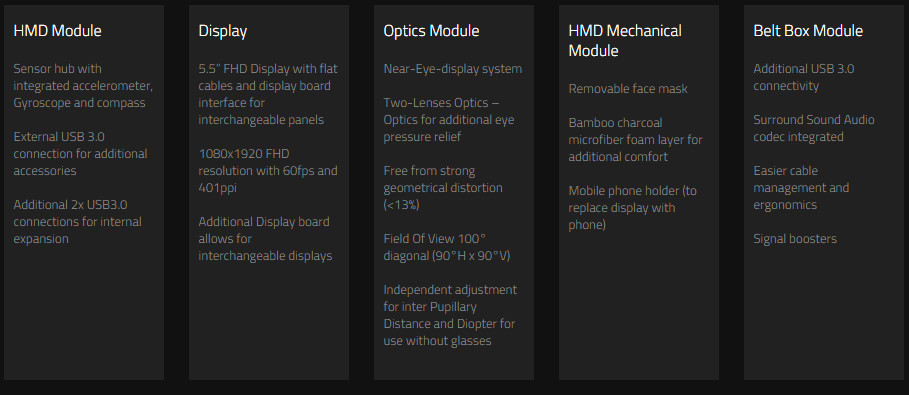Major gaming peripherals provider, Razer, was at CES to promote its new program called Open Source Virtual Reality (OSVR), which is a partnership of a number of companies involved in virtual reality. The idea is to offer open access to both the hardware and software for development of VR products and applications in a bid to remove some of the many roadblocks on the path to wider adoption.
Foremost among these roadblocks is the lack of standards and interoperability of all of the components of a VR application. Hardware and software fragmentation means that the hundreds of VR devices all send and receive data in a different way, making it very difficult to develop applications that can work across a range of hardware and software platforms. Instead of developing an application for a specific device, OSVR allows each device to connect on a single open standard, greatly facilitating interoperability.
OSVR is supported by some leading companies in VR already such as Sixence, Leap Motion, Sensics, PrioVR, Gearbox, Bully!, Otoy and more. OSVR is squarely focused on improving the gaming experience, but the tools can support other applications as well.
Razer says that OSVR is not controlled by any one or group of companies and is governed by the Apache 2.0 license – the same one that Android is licensed on. As Android opened up the smartphone market, Razer and partners hope that OSVR will open up the virtual reality market. OSVR runs on Linux, Android and Windows (but not iOS). Finally, OSRV is not a competitive solution to HMD makers, but is designed to work with all of them, including the Oculus Rift. OSVR supports input devices, game engines and output displays – including stereoscopic ones. Any gaming software written on the Unity 3D game engine, Unreal 4 game engine or the Oculus DK2 platform will run in the OSVR platform. Razer thinks that there is a paucity of VR development kits, so they are doing something about it.
At CES 2015, Razer and the OSVR group revealed the Hacker Development Kit. This is a platform to allow developers to connect devices and get software apps up and running. In addition, the CAD files for a head mounted display were also released that allows developers to 3D print the HMD if they have the capability, or buy the HMD from Razer this June for only $199.

This HMD is not intended to be a commercial product – but a development platform. But, it needs to have decent capabilities to allow development and evaluation of applications and advanced features. The graphic shows some of the components and details of the Hacker kit which includes a sensor hub, a 5.5” FHD display, geometry corrected optics and more. The FOV of the headset is 100 degrees and there is an adjustment for IPD and the addition of diopter correctors. OSVR is particularly proud of the optics in the hacker kit HMD, but developers have the option to change the display, add a smartphone, change the optics and more – as they see fit. Interestingly, Sensics is a member of the OSVR team and the company makes some of the finest HMDs for professional use we have seen – but not at consumer price points.

At CES 2015, the company demonstrated the HMD with some initial applications. One featured gesture control (from Leap Motion) of a game for casting spells with your hands.

Comments on the image quality of the HMD were not particularly positive, but that’s ok as it is meant as a development platform – not a final end product.

